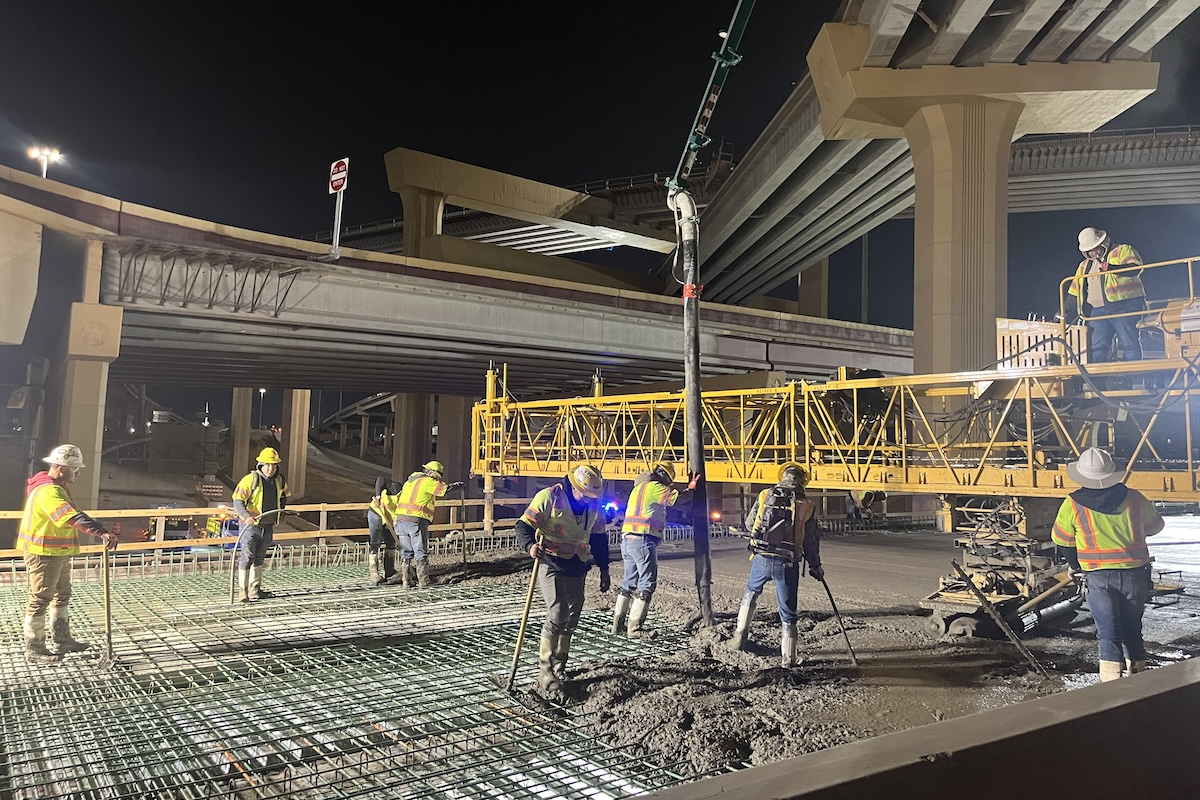This decision provides regulatory certainty for Nuro to operate the second-generation self-driving vehicle, built to carry packages instead of people. The company custom-designed R2 to enrich local commerce with last-mile delivery of consumer products, groceries and hot food from local stores and restaurants. With its specially designed size, weight, pedestrian-protecting front end, operating speed, electric propulsion and cautious driving habits, R2 is ready to begin service. R2 recently began public road testing to prepare for its first deliveries to customers’ homes with Nuro's partners in Houston, Texas. With this vehicle, the company can also bring its service to new cities, so more Americans can benefit from on-demand deliveries.
Nuro believed that such a class of vehicle had the potential to be safer than passenger vehicles: more nimble, narrower and better able to prioritize the well-being of other road users. By building such a vehicle the company could also lower vehicle cost, improve the customer experience and accelerate autonomous technology deployment by solving problems jointly through both hardware and software development.
That journey began with the R1 robot, which launched in Scottsdale, Arizona in December 2018 with Kroger — the first-ever unmanned delivery service for the general public. With our second-generation vehicle, R2, the company wanted to retain the design and the key characteristics — including zero-emission propulsion — that made R1 a success. Nuro also wanted to extend the vehicle’s lifespan, add more cargo space and handle more varied conditions at a greater, city-wide scale.
Rather than custom-making each individual vehicle, as the company had with R1, Nuro partnered with Roush, a full-service product development supplier based in Michigan, to design and assemble vehicles in the United States. Nuro developed a more durable custom vehicle body, enabling it to handle inclement weather. The company updated the sensor array with both supplier-provided and custom, in-house sensors. Nuro added two-thirds more compartment space without increasing vehicle width, and introduced temperature control to help keep food fresh. R2 uses a custom battery solution that nearly doubled the R2 battery size, enabling all day operation.
Federal vehicle standards were written for today’s passenger cars and trucks. But at Nuro, the company is building something entirely different: a zero-occupant vehicle. The USDOT exemption process is designed to accommodate unforeseen technologies like R2 that can enhance safety.
The decision shows that “exemption” can mean more safety. It allows Nuro to replace the mirrors relied on by human drivers with cameras and other sensors. The company can round the edges of the vehicle body to take up less road space. In addition, Nuro can remove the windshield meant to let human drivers see out and keep passengers in — instead using a specially designed panel at the vehicle’s front that absorbs energy, better protecting pedestrians. Nuro will also never have to turn off the rearview cameras that help R2 see (part of a rule meant to avoid distracting human drivers), providing a constant 360-degree view with no blind spots.
This exemption comes after a long process that demonstrated the safety of Nuro’s vehicle and USDOT’s commitment to public safety. It follows three years of discussion with the agency, detailed submissions of information on Nuro’s technology and comments from leaders in the communities where Nuro operates, long-standing partners and fellow citizens concerned about road safety.
USDOT has taken a first step in enabling safety innovations, but exemptions are a temporary fix for an industry that is reimagining what it means to drive. Moving forward, Nuro wants to modernize the existing regulations that never envisioned a vehicle without a driver or occupants and work to ensure self-driving technology is tested and deployed in the safest possible vehicles.
Nuro is eager to work with USDOT to build on the precedent of the decision to design regulations specifically for this new class of zero-occupant delivery vehicles, ensuring the industry can meet standards that promote safety and provide certainty for manufacturers. The agency has already begun the process, and Nuro looks forward to supporting their agenda, including beginning rulemaking on zero-occupant vehicles this year.






































































